Entry 376 — An Ultimate Definition of Poetry
.
First, to get my latest coinage out of the way before I forget it: “urentity.” I’m not keen on it but need something for more or less fundamental things like photons and electrons–both larger like atoms, and smaller like quarks; for light, too, and maybe gravity. There may be good term for this already out there; if so, I’m not aware of one, and I’ve often wanted one. “Bit of matter” would be good enough if there weren’t some things not considered material, like light.
Maybe “fundent.” “Urentity” is pissy my ear now tells me.
What follows are notes written yesterday toward a discussion of how to define poetry.
Last night I felt I was putting together a terrific monograph on the subject but now, around 3 in the afternoon, I’ve found I haven’t gotten anywhere much, and am out of gas, so will add a few thoughts to what I’ve said so far, without keeping it very well organized.
The best simple definition of poetry has for thousands of years been “literary artworks whose words are employed for substantially more than their ability to denote.” With “literary artworks” being defined as having to have words making some kind of sense whose purpose is to provide aesthetic pleasure to a greater degree than indoctrination or information, the other two things words can provide.
A more sophisticated definition would list in detail exactly what beyond denotation poetry’s words are employed for, mainly kinds of melodation (or word-music), figurative heightening, linguistic heightening (by means of fresh language, for instance) and connotation. Arguments have always risen about what details a poem should have to qualify as a poem–end-alliteration, the right number of syllables, meter, end-rhyme, etc., with philogushers almost always sowing confusion by requiring subjective characteristics such as beauty, high moral content, or whatever.
Propagandists work to make salient words ambiguous. They never provide objective, coherent definitions of their terms. Diana Price, the anti-Shakespearean, for instance, attacks the belief that Shakespeare wrote the works attributed to him but saying there’s no contemporary personal literary evidence for him, but in her few attempts to define what she means in her book against Shakespeare does so partially, and inconsistently. I bring this up because I hope someday to use her book in a book of my own on the nature and function of propaganda.
I’m not bothering with that right now. I’m intent only on establishing that poetry has always been, basically, heightened language used to entertain in some way and/or another, with different poetic devices being required by poets of different schools of the art. At present a main controversy (although now over a century old) is whether verbal texts using only the device of lineation (or the equivalent) can qualify as poetry, but it would appear that for the great majority of poets and critics, the answer is yes. The most recent controversy has to do with whether poetry making in which non-verbal elements are as important as verbal elements can be considered poetry. the outcome is uncertain but it would seem that another yes will result. Amazingly enough–to me, at any rate–is the belief of many visual artists who make letters and other linguistic symbols the subject of painting that such . . . “textual designs,” I call them . . . are poetry, “visual poetry.” The question has not reached enough people in poetry to be considered controversial yet, I don’t believe–however controversial in my circles.
My newest and best definition of visual poetry is: “poetry (therefore verbal) containing visual elements whose contribution to its central aesthetic effect is more or less equally to the contribution to that of the poem’s words.”
It is constantly claimed how blurry and ever-changing language is, but I’m not sure it is. It seems to me that most of our language is quite stable, and that only language about ideas, which are forever changing, is to any great extent capricious. Sure, lots of terms come and go, but only because what they describe comes and goes. “Poetry,” was reasonably set for millennia, and uncertain only now because for the first time a significant number of artists are fusing arts, thus requiring new terms like “visual poetry,” and amendments to definitions like “poetry.”
A precise, widely agreed-on definition of “poetry” is essential not only for critics but for poets themselves, no mater how little many of them realize it. They want to use it freely, and should if you believe with me that “poetry is the appropriate misuse of language.” A metaphor is a misuse of language, a lie. Calling me a tiger when it comes to defending the rational use of language is an example. I’m not a tiger. But I act in some ways like a tiger. A metaphor actually could be considered an ellipsis–words left out because understood, in this case saying “Bob is a tiger” rather than “Bob is like a tiger.” In any case, if we don’t accept the definition of tiger as a big dangerous cat, the metaphor will not work.
To say a word can have many meanings according to its context does not make it polysemous, although if provides the word with connotational potential the poet can take advantage of.
James Joyce’s “cropse’ is a neat misspelling but useless if one does not accept the precise meanings of “crops” and “corpse.”






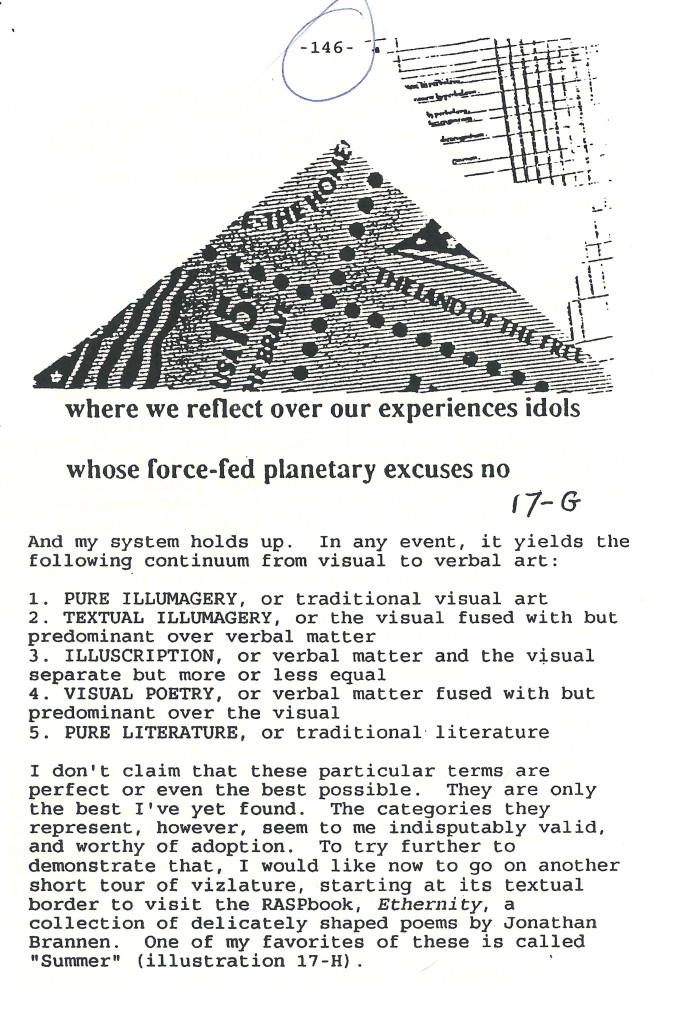
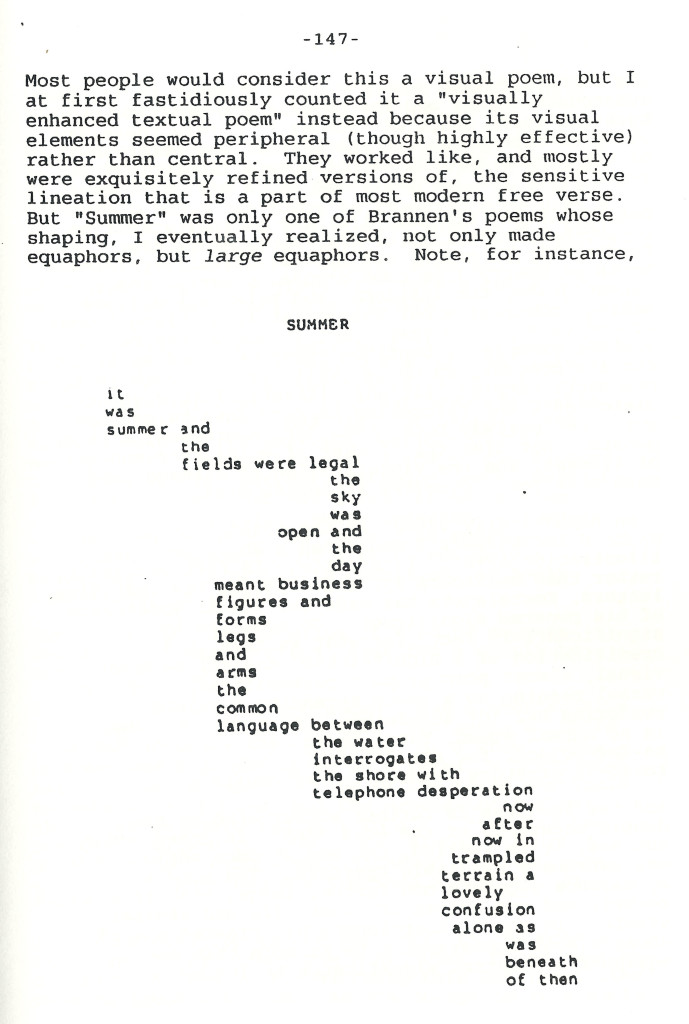
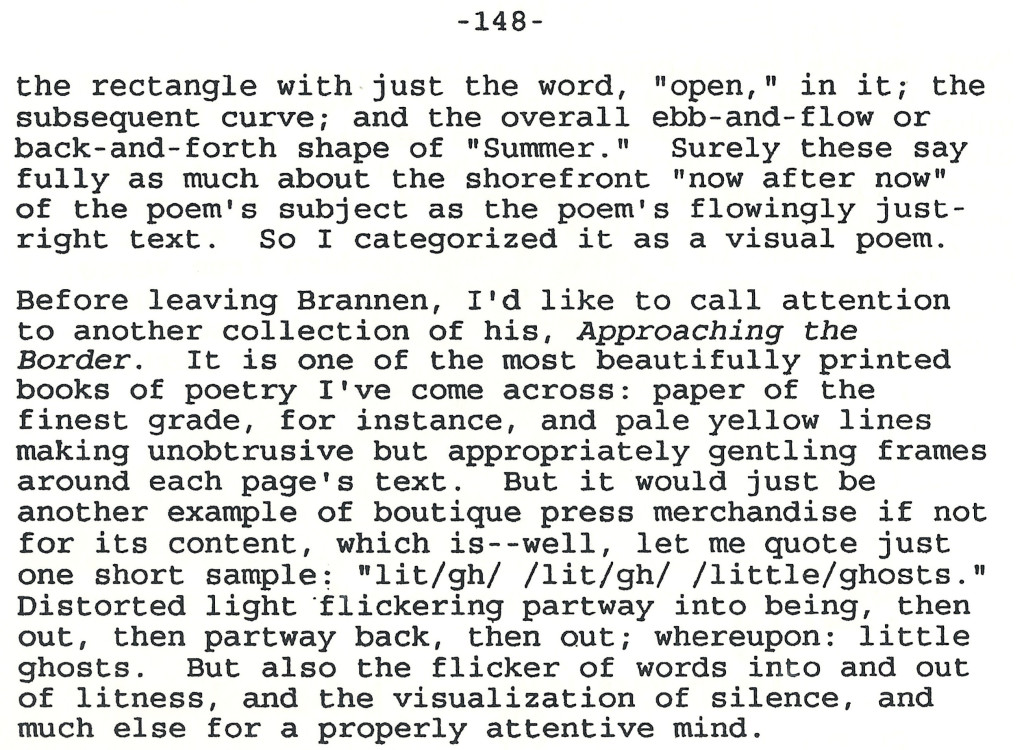
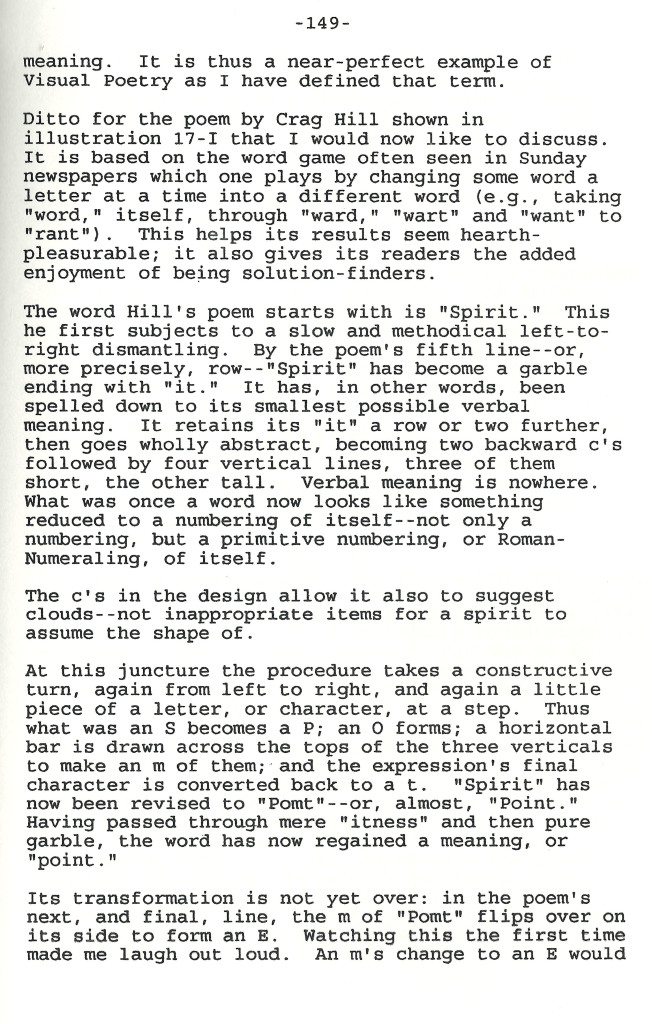


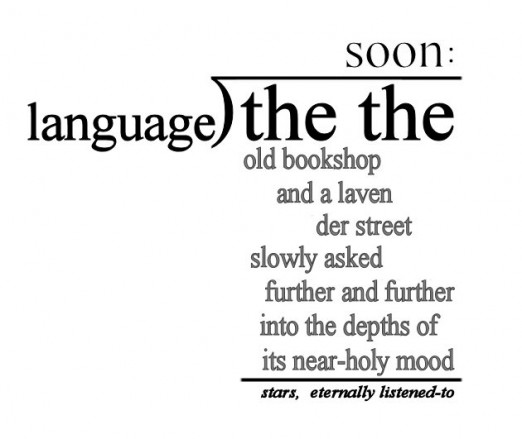
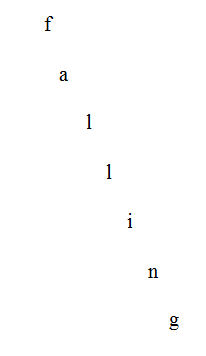
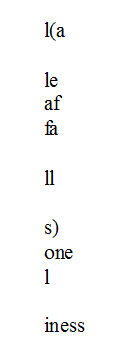
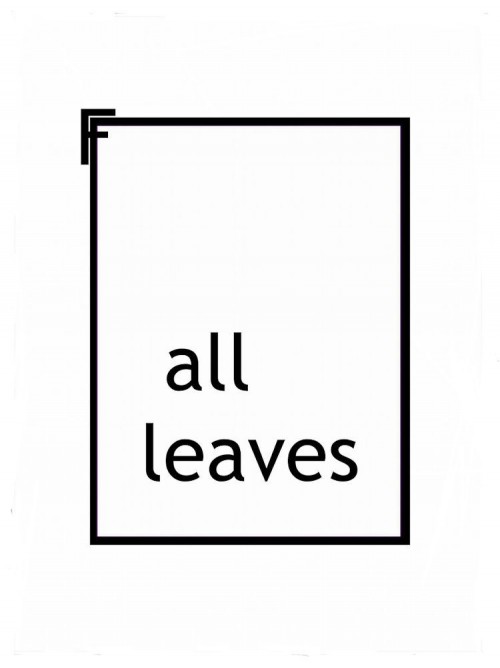
I really like this one; it strikes me as very E.E. Cummings-inspired, and I love that guy. I think the use of gray is a good idea because it gives the “remainder” more punch at the end. I’m a bit confused on reading your description in which you keep talking about Basho’s pond, which I don’t see in evidence here … I’m thinking if I had seen an earlier version of this, or I was better versed in the Grummanverse, I would understand that. And finally, you won’t have to struggle between “the” or “a” bookshop’s mood soon, where there’s just one bookshop left. Just had to end that with a little (sad) humor!
Oh, boy, I get to explain! Nothing I love more. Basho comes in because of his famousest poem, which I’ve made versions of and written about a lot, the one that has the “old pond” a frog splashes into. My poem has an “old bookshop” that has a mood with depths a street enters like (I think) the pond’s water with depths the frog enters. But now that you bring it up, I guess the allusion is pretty hermetic.
Glad you like it. I still do now that I’m looking at it again–although it strikes me as pretty weird.